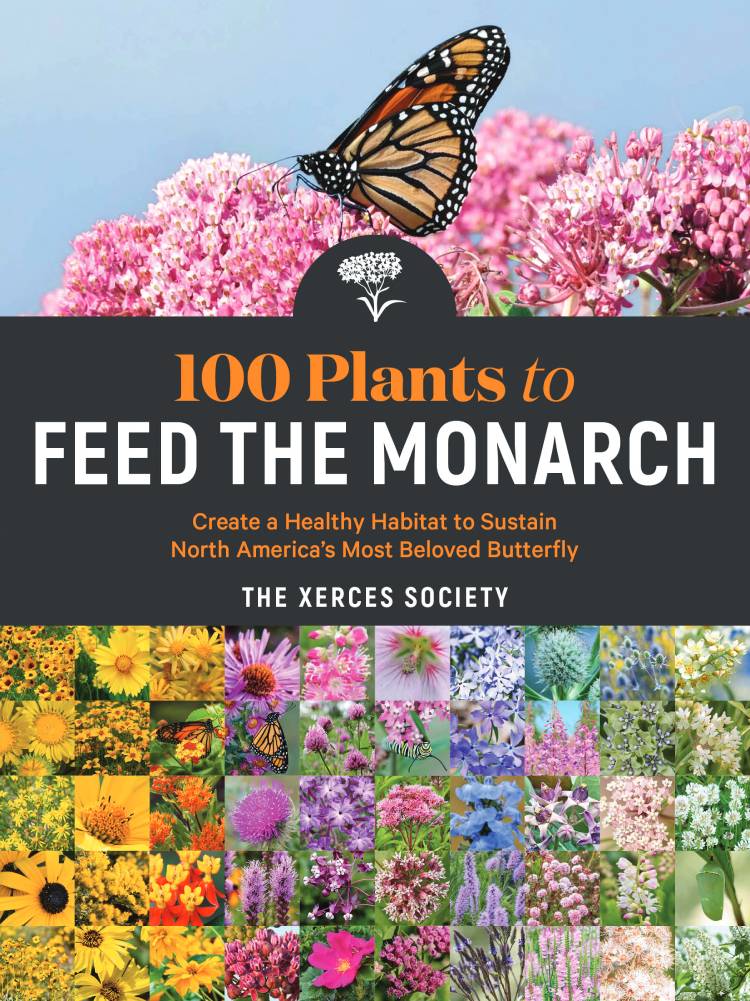100 PLANTS TO FEED THE MONARCH
Author: The Xerces Society
Paperback
288 pages
10885Members save: $2.00 (11.8%)
List Price:
Couldn't load pickup availability
The monarch butterfly's plight has captured public attention and sparked widespread interest in helping to save their dwindling populations. In this in-depth portrait of the monarch butterfly—covering its life cycle, its remarkable relationship with milkweed, its extraordinary migration, and the threats it now faces due to habitat loss and climate change—detailed instructions on how to design and create monarch-friendly landscapes are enriched by guidance on observing and understanding butterfly behavior and habits.
Following the model of their previous best-selling book, 100 Plants to Feed the Bees, the Xerces Society provides at-a-glance profiles of the plant species that provide monarchs with nourishment. The plants, which are all commercially available, ranging from dozens of species of milkweed—the only food of monarch caterpillars—to numerous flowering plants, shrubs, and trees that provide nectar for the adult butterfly, including those that bloom in the late season and sustain monarchs in their great migration.
Gorgeous photographs of monarchs and plants, illustrations, maps, and garden plans, make this a visually engaging guide.

